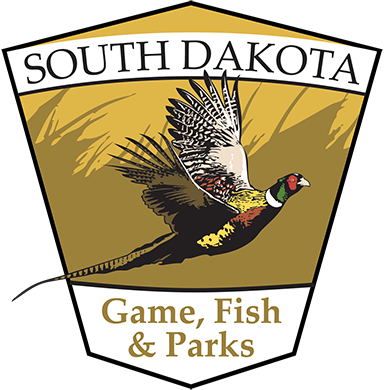wildlife habitat management practices
Deer
White-tailed deer and mule deer represent the two most popular big game animals in South Dakota. Areas east of the Missouri River are dominated by whitetails with isolated pockets of mule deer. The area west of the Missouri River has many areas dominated by mule deer with whitetails increasing in wooded riparian areas and those areas with increasing agricultural areas.
East River has become a haven for whitetails with its maze of shelterbelts interspersed with wetland vegetation, cropped fields, and CRP. Managing for whitetails in this landscape is very similar to managing for other resident species such as pheasants.
Wide woody habitat planting provide security for young fawns and bedding areas for adults. Woody plantings also provide a good food source in the form of browse. Areas annually disked and left fallow provide areas with annual sunflowers and other weeds that are used extensively for food during the spring and summer. Food plots attract deer to your property and can provide nutrition year round. Restoring wetlands and planting warm season native grasses provide ample places for deer to bed and travel in security. Deer also must drink regularly and need a consistent source of water.
West River deer management focuses on improving riparian areas and improving native range condition. Both whitetail and mule deer also feed heavily on native trees and shrubs in riparian areas. Properly managed pastures provide bedding areas and better feed in the form of native prairie legumes and other forbs. As with East River deer management, a reliable source of water is important for deer management on your property.
Habitat advisors are available to assist landowners in designing, developing and funding habitat improvements. Find one in your area today!

